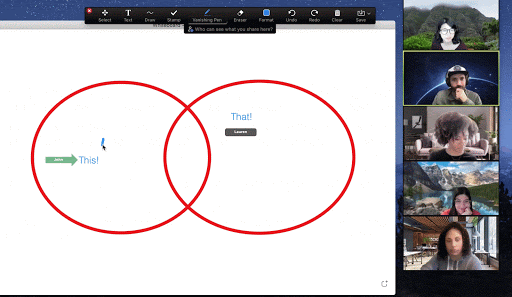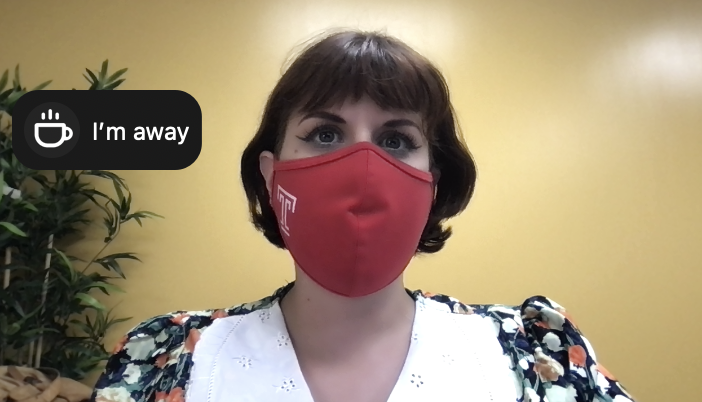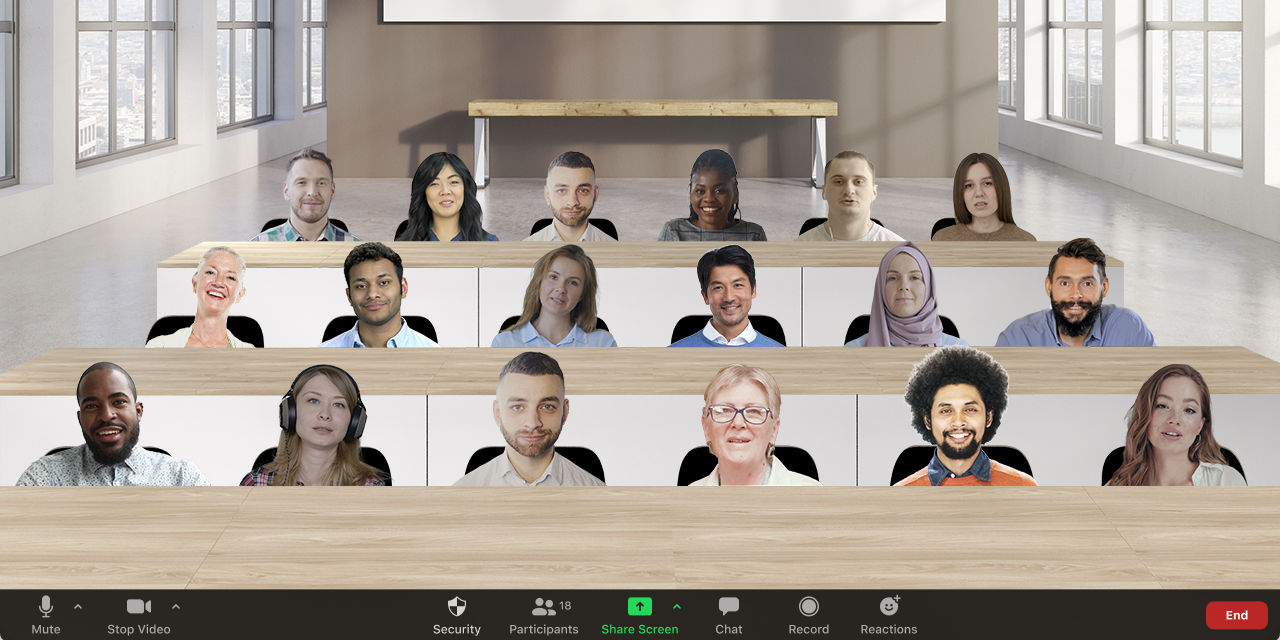Stephanie Fiore
During the Fall semester, instructors reported high levels of disengagement and that students struggled with meeting course expectations both online and in-person. This is not entirely surprising since the effects of the pandemic are still with us. Students may be struggling to manage schedules that include online, hybrid and in-person classes. They may have spent the senior year of high school or the first year of university – formative times for our students – in online spaces. They may be feeling disconnected from the university, from classmates or from faculty or they may be dealing for the first time with the social and emotional aspects of engaging with the university community. They may also still be experiencing the fallout from illness, death, financial constraints, and food insecurity.
The good news is that we can proactively approach the spring 2022 semester in ways that support student success in our courses. Here are some strategies to consider:
- Clearly outline expectations for meeting learning goals to your students. This means making sure the goals for your course and each of your class sessions are clearly articulated in ways that students can understand and that speak to the types of skills or knowledge they will need to acquire. But it also means providing guidance on how to succeed in the class and frequent opportunities for practice and feedback that allow students to track progress and remediate areas of concern.
- Reduce stress on the already heavy cognitive load students are experiencing by being as transparent as possible whenever possible. Make sure the instructions on assignments are crystal clear. Include a class schedule on your syllabus and update it when changes are made. Use rubrics for evaluation of work and hand them out ahead of time with the assignment. Trim reading assignments to only the essentials, and make sure your Canvas course is easily navigable. For Zoom-based classes, you may also want to rethink your camera policy.
- Invite students to privately share any factors that may affect their ability to perform well in the class. A quick survey at the beginning of the semester can gather this information easily. Then reach out to students who have particular concerns in order to provide guidance that will support their learning and success and inform them of university resources. Provide students with information about university resources on your syllabus, on Canvas, and individually as needed. For more information on mental health resources, check out this previous EDvice Exchange post.
- Make clear how to contact you if students need to discuss a course-related issue. Consider making yourself available for office hours in person and virtually. Remember to frequently invite students to come to your office hours. Better yet, set up time slots in the first two weeks of the semester and have students sign up to meet with you in pairs or in groups.
- Check on student engagement in your class. If you see that a student is not coming to class, logging onto Canvas, or keeping up with assignments, reach out to check on them and offer support. Then contact the CARE Team if you are concerned about their well-being. The Student Safety Nest is a useful guide for faculty on supporting student well-being.
- Support students in building community. Provide opportunities for students to get to know each other in class. Incorporate collaborative learning activities that encourage deeper learning but also allow students to connect with others. Consider personally inviting students to co-curricular events where they can engage with your discipline and with each other, or make a plan to create these events to provide a sense of community around your discipline, major, or department.
- Set up opportunities for students to reflect on their learning and make a plan for improvement. Brief exercises that have them identify key points in a class or a reading, what they know and what they are still confused about, and whether their study techniques worked for your assessments take very little time and help students tremendously to succeed.
- Take the temperature of the room. Check in periodically on how students are feeling and let them know how you are doing as well. Norming the fact that we all may be feeling tired, anxious, or overwhelmed helps students (and us) to cope.
- Reconsider how you think about rigor. Rigor is often confused with rigidity, but true rigor means setting up learning opportunities that lead students to reach the learning goals in your class. Unless rigidity is absolutely necessary for a specific aspect of your discipline, consider building in some flexibility to allow for breathing room when students may need it. For instance, allow two free passes that give students an extra week to complete two assignments of their choosing during the semester, no questions asked and no points deducted.
- Don’t make assumptions about behavior you are seeing in your students. A student who is disengaged may not be disinterested in what you are teaching. They may instead be dealing with issues that are distracting or upsetting. A student who misses classes may not be a slacker or a poor student, but may instead be dealing with financial or health issues that impact their ability to get to class.
- Remember that tone and attitude matter in interacting with students. Your encouragement and partnership in their learning makes a difference!
Finally, reach out to the CAT. We’re here to discuss teaching with you when you need us. You can make an appointment at catbooking.temple.edu.
Stephanie Fiore, Ph.D., is Assistant Vice Provost at Temple’s Center for the Advancement of Teaching.













